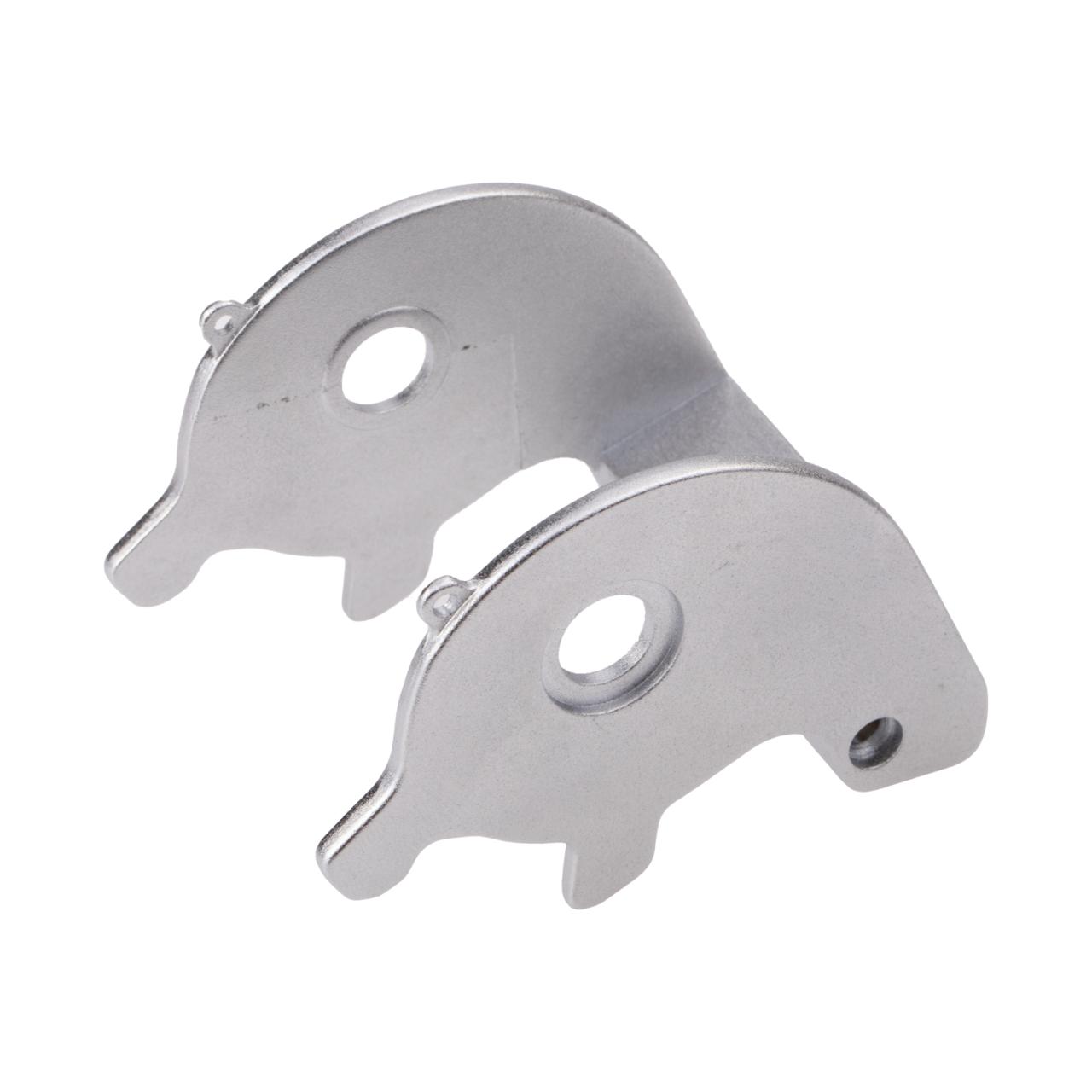How can we prevent thermal cracking in castings?
Most people do not understand the causes of thermal cracking castings, including die castings, are subject to thermal cracking, then we must identify the causes of thermal cracking and prevent it from occurring.
Definition of thermal cracking
Crack is the shape of the crack, winding fracture test is very uneven, the surface is wide, narrow in the middle, belong to the hot crack, the mechanism is the start after condensation, the steel in the mould cavity in the crystal structure has been formed and began to align shrinkage, at this time, because the steel inside has not been completely solidified into a solid shrinkage is locked, may cause casting stress or plastic deformation, when they exceed the maximum resistance of the material below the temperature, the casting crack.

Causes of thermal crack formation.
Once the liquid metal has been poured into the mould, heat loss occurs mainly through the mould walls, so that solidification always starts at the surface of the casting. Solid shrinkage occurs when a large number of dendrites overlap each other in the later stages of solidification to form a complete skeleton. However, there is still an unconsolidated film of liquid metal (liquid film) between the dendrites. If the shrinkage of the casting is not hindered by any obstacle, then the dendritic skeleton is free to shrink without force. When the shrinkage of the dendritic skeleton is impeded by the sand mould or core, tensile stresses are generated if the dendritic skeleton is not free to shrink. When the tensile stresses exceed the maximum strength of the material, cracking between the dendrites occurs. If the dendritic skeleton separates slowly and there is sufficient liquid metal flowing around the removed part to be replenished in time for the crack to occur, the casting will not develop thermal cracks. Conversely, if the crack is not filled with liquid metal, the casting will develop thermal cracking.
The causes of thermal cracking are reflected in the casting process and organisation, including uneven wall thickness of the casting and too small an internal angle; too much grinding of the fork and frame castings, with the ribs blocking the normal shrinkage of the casting; and the spraying system hindering the normal shrinkage of the casting. For example, sprinklers close to the box belt or too much sand force between sprinklers restricts the free shrinkage of the casting. Elevator too small or too large; excessive alloy line shrinkage; excess low melting point phase-forming elements in the alloy, high sulphur and phosphorus content in the cast iron.

How to prevent thermal cracking
1, improve the casting organization.
The wall thickness should be uniform and the corners should be rounded to reduce stress concentration. If necessary, the radius of the wheel casting can be bent.
2. Improve the melting quality of the alloy material.
The refining and degassing process is used to remove oxidation inclusions and gases from the liquid metal. The content of harmful impurities should be controlled, and a reasonable melting process should be used to avoid cold cracking.

3. Take the right steps in the casting process
Simultaneous solidification of castings during the casting process is beneficial not only for preventing hot cracks but also for preventing cold cracks. Reasonably set the position and size of the riser, so that the cooling rate of all parts of the casting is as uniform as possible to reduce the tendency to cracking.
Correctly determine the residence time of the casting in the sand mould. The sand mould is a good insulating vessel which further homogenises the temperature of the thickest and thinnest parts of the casting, reducing the temperature difference between them, reducing thermal stress and reducing the tendency to cold cracking. Extends the residence time of the casting in the mould to avoid premature opening of the box during casting, resulting in increased internal stress and cold cracking.
An effective measure to prevent cold cracking of castings caused by shrinkage stress is to remove the iron from the pressure box and loosen the clamping device of the sand box as soon as possible after the casting has solidified, increasing the strength of the sand mould and the sand core. . Large castings of sand and sand cores can be hollowed out early after pouring to reduce their resistance to shrinkage of the casting and promote uniform cooling of all parts of the casting. In the process of sand turning, cleaning and handling of castings, should avoid collision and extrusion, so as to avoid cold cracking of castings.
4. Ageing heat treatment
For casting stress large castings, should be timely aging treatment, to avoid excessive residual stress caused by cold cracking. If necessary, aging heat treatment should be carried out after the casting column is cut or welded.
Our sand castings can be very good at preventing thermal cracking, and the precision casting process and its own materials do a good job at preventing thermal cracking. So, if you are interested in casting, contact us today!

